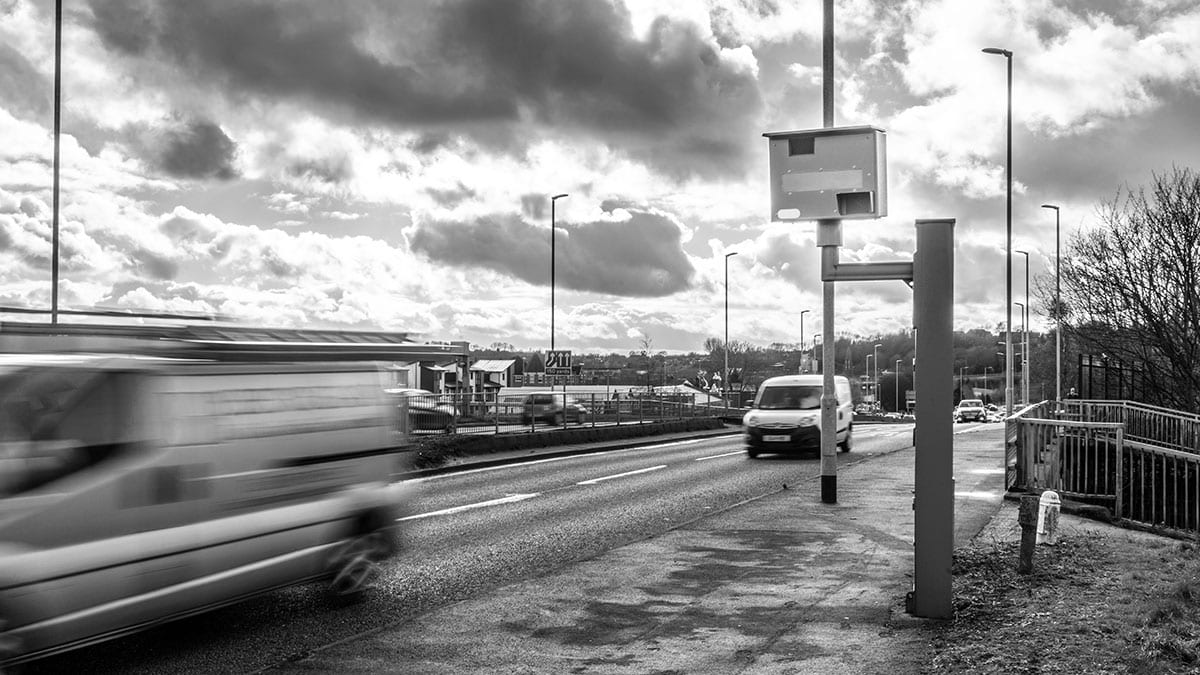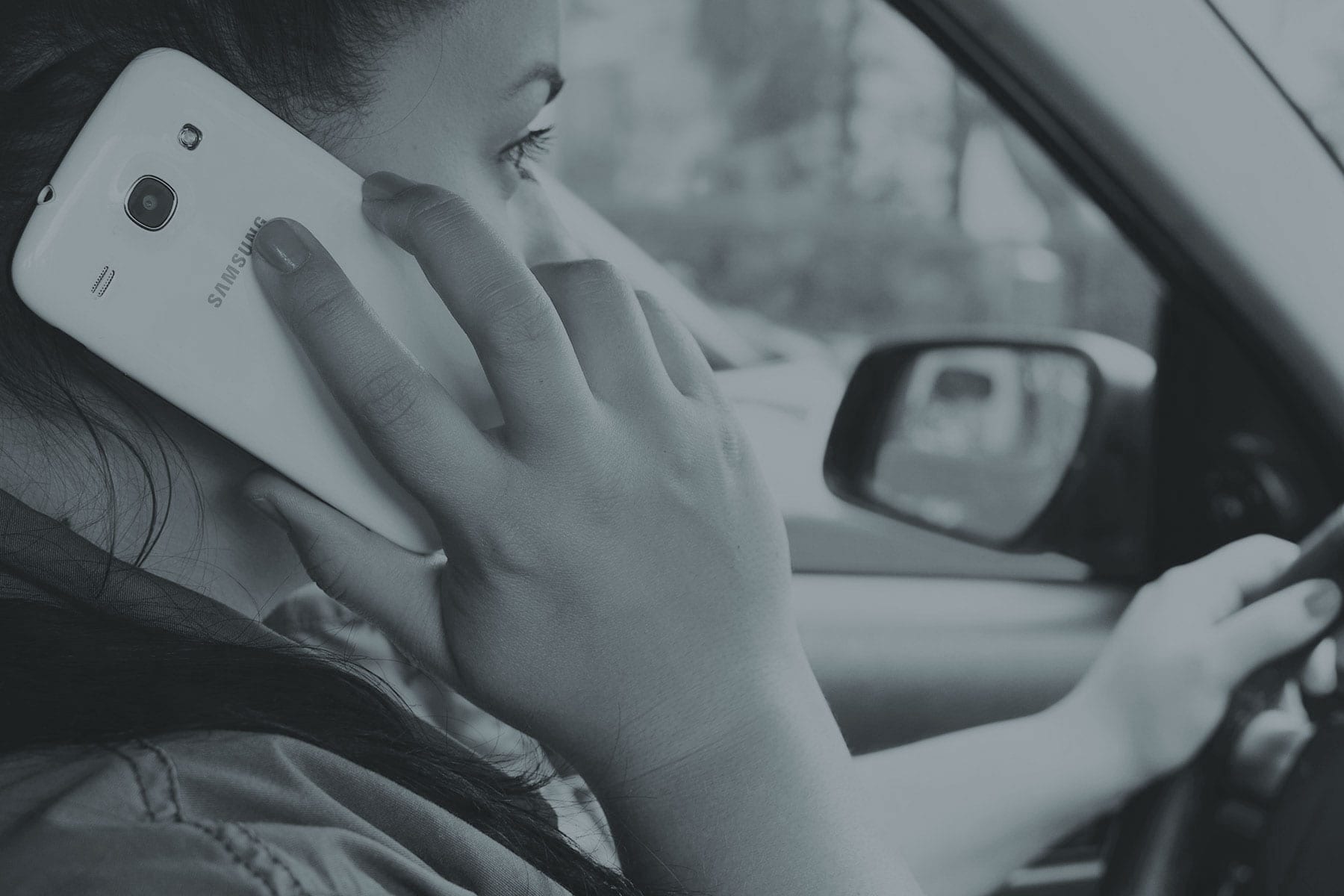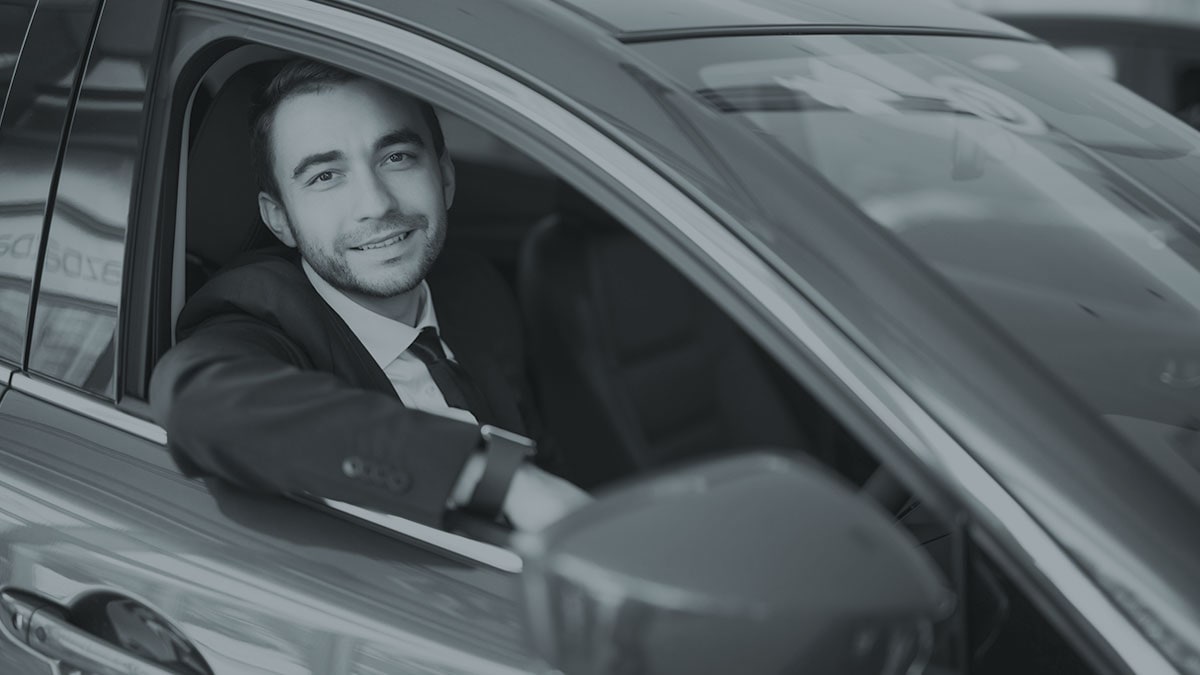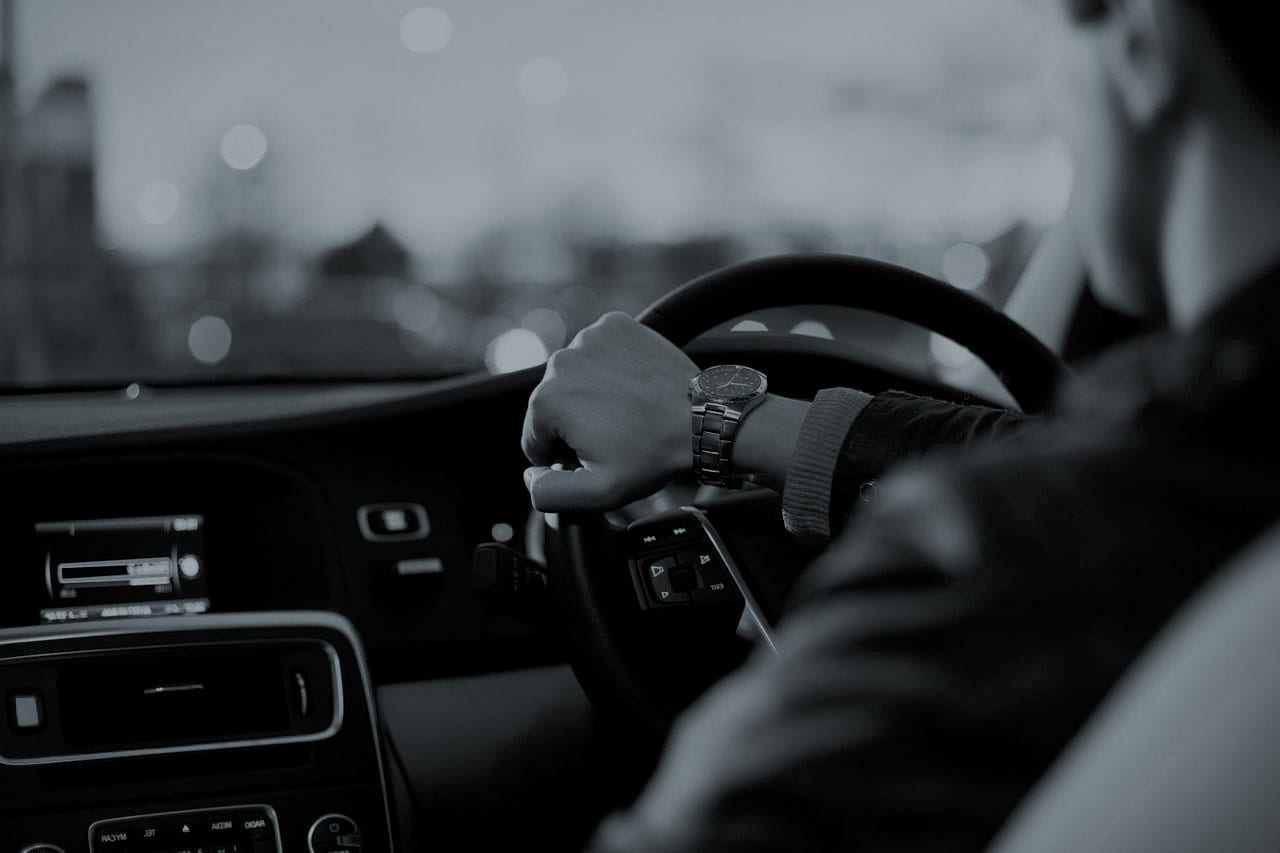Speeding offences in the UK are covered by the Road Traffic Regulation Act 1984.
Anyone who drives over the prescribed speed limit is considered to be guilty of an offence.
Speak to an expert in speeding offences today
Call us now on 03330 096 275. Our team of motoring lawyers specialise in defending motorists against speeding charges.
Defending speeding charges
There are a number of ways in which our expert motoring solicitors look to build excellent cases to defend clients accused of speeding offences.
Not the driver
If it was not you driving at the time the car was logged as driving over the speed limit, we can argue this case for you.
However, remember that many speed cameras, such as the Truvelo Combi, are capable of taking photos of the driver at the wheel.
The evidence the police has at its disposal will depend on the type of camera used to gather evidence against the accused motorist.
Unreliable evidence
The law on speeding makes clear that the statement of one witness (a police officer for example) that a car was driving above the speed limit, is not enough evidence for prosecution or conviction. Police witness statements must be supported by other methods of collecting evidence of wrongdoing, for example, the evidence provided by speed cameras.
There are many different types of speed camera.
- Fixed speed cameras. These cameras are fixed in place. Cameras like the Gatso are rear facing, but the Truvelo camera is forward facing, meaning it can provide photographic evidence of who was driving the vehicle. Digital cameras combined with radar technology are becoming more common. These cameras can detect speeding violations and take pictures of vehicles across multiple lanes of traffic.
- Mobile speed cameras. These cameras are often used in accident hot spots. They can be hidden on the side of the road in unmarked vehicles, or be operated manually by police – radar or laser speed guns, for example.
- ANPR or Variable Speed Cameras – These cameras measure average speed between two points and then use automated number plate recognition technology to record the driver’s details if their average speed is higher than the prescribed speed limit between the two cameras. These cameras are often found on motorways.
- Long range cameras. Cameras like the ‘Long Ranger’ are capable of recording speeding offences from up to 1km away.
In all speeding cases, our first step is to request the evidence collected by these devices and analyse it carefully. We will also look at the devices themselves.
We would aim to check whether the camera was operating correctly on the day it collected evidence against you. We would also check that the camera was of a make and model authorised for use by the relevant authorities.
Technological faults with the camera or use of an unauthorised camera may provide grounds for having the charges dismissed.
Another possible defence might be that the area in which you were judged to have been speeding has inaccurate or misleading road signage. For example, if you were caught speeding in a 30mph zone, but road signs surrounding the speed camera clearly show 40mph, it might be possible to have the charges dropped.
Procedural faults
As with all offences, the police have to follow certain procedures in order to bring charges against you. We will look at every step taken by the police to highlight any errors that might have impacted how you have been treated.
For example, Notice’s of Intended Prosecution (NIPs) must be sent within 14 days of an alleged offence. Similarly, significant errors in the information provided on the NIP can provide a possible defence strategy.
Mitigation
If there are no viable defences, we will focus on providing excellent mitigation in order to lessen the penalties you may face.
For example, if you have no prior convictions and we can highlight to the courts you are generally of good character, the penalties applied may be lower. Similarly, if you were speeding due to a genuine emergency, this can provide grounds for mitigation.



